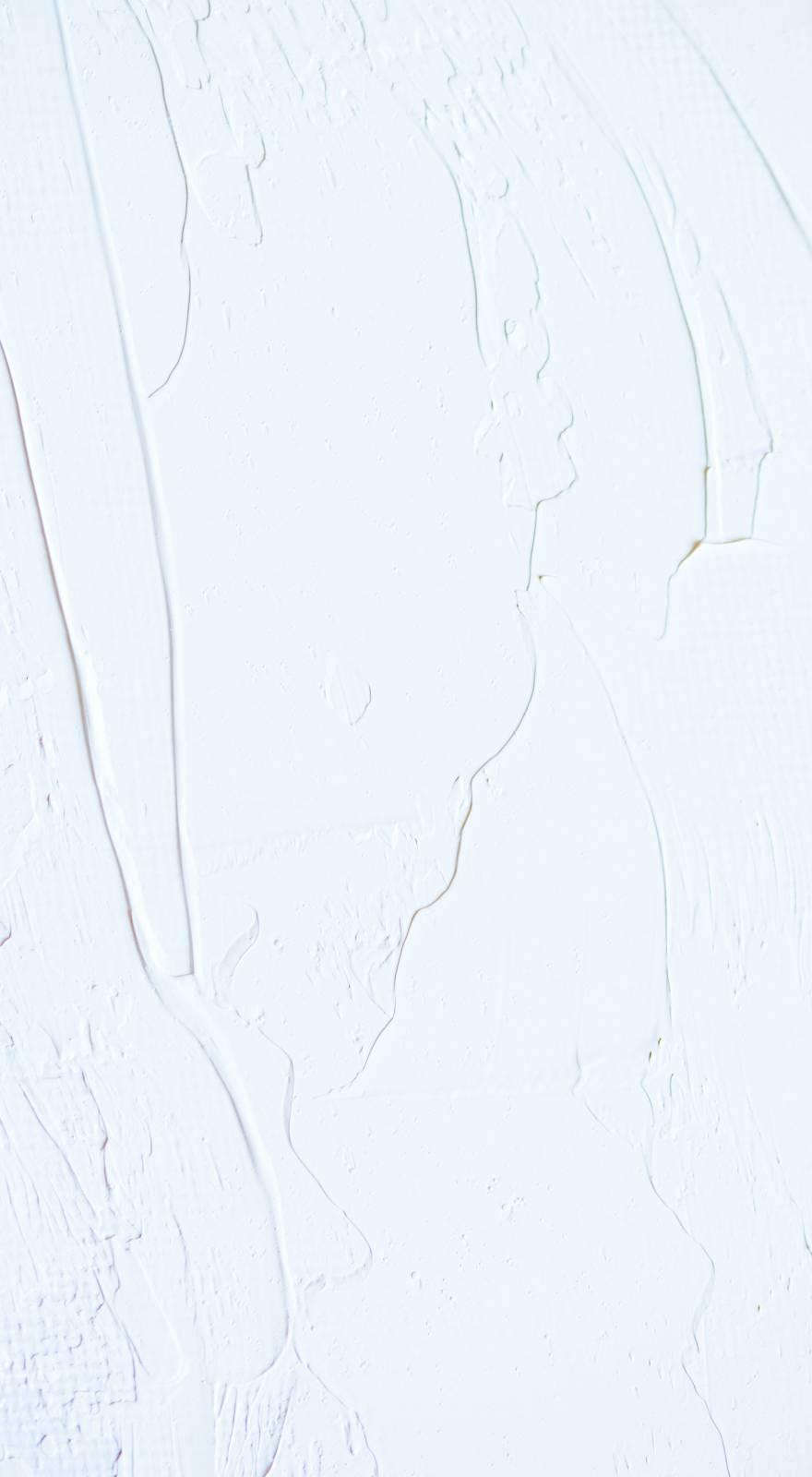Knowde Enhanced TDS
Identification & Functionality
- Chemical Family
- Technologies
Features & Benefits
- Ready-to-Use Product Features
- Product Highlights
ConoGlaze™ may be used in many kinds of manufacturing, processing, storage, and shipping areas. It is specifically formulated to resist food acids, fats and oils. This material can be applied by roller or spray and provides an economical, protective barrier against processing chemicals and harsh cleaning solutions.
ConoGlaze™ - Chemical and Food Grade No. 202 conforms to USDA regulations for use in federally inspected meat and poultry plants.
- Characteristics
- Excellent resistance to food acids and by-products.
- Easily cleaned surface.
- Colors available in 25 beige, 50 light gray, 53 gray, 63 tile red, 99 white.
Applications & Uses
- Markets
- Area Preparation
Temperature of Working Area
For optimum conditions, maintain a temperature of 60°- 85°F on air, substrate, Liquid, and Hardener components during mixing, application, and cure. The monolithic components should be maintained at 65°F to 80°F for 48 hours prior to beginning work. At temperatures below 65°F, the application becomes more difficult and curing is retarded. Above 80°F, the material working time decreases. Application in direct sunlight and rising surface temperature may result in blistering of the materials due to expansion of entrapped air or moisture in the substrate. In rising temperatures it may be necessary to postpone the application or apply during cooler hours.
Surface Preparation
Metal - Abrasive blast to a nominal 2.5 mil profile employing SSPC-SP5 White Metal Blast for immersion and SSPCSP10 Near White Metal Blast for other service conditions. All welds must be continuous, free of flux and have a smooth rounded radius without any sharp edges.
New Concrete - All structures must have the necessary strength to withstand imposed loads during normal use and operation. The surface should be floated free of ridges or depressions. Fill any voids with Sauereisen Underlayment No. F-120 or No. 209 Filler Compound. The choice of underlayment will depend on the severity of the voids to be filled. Surfaces should be sloped a maximum 1/4 inch per foot for drainage. Surfaces must be free of oil, grease, water, and other contaminants that may inhibit bond. This can be achieved by chemical cleaning. Abrasive blast, highpressure water blast, or acid etch concrete to remove laitance and obtain uniform surface texture exposing fine aggregate resembling coarse sandpaper.
Old Concrete - Concrete must be dry, firm and must have the necessary strength to withstand imposed loads during normal use and operation. Mechanical methods should be utilized to remove old paints, protective coatings, and deteriorated concrete. Surfaces must be free of oil, grease, water, and other contaminants that may inhibit bond. This can be achieved by chemical cleaning.
Abrasive blast, high-pressure water blast, or acid etch the concrete to remove laitance and to obtain a uniform, sound substrate.
All prepared surfaces must be allowed to dry prior to the coating application. Regardless of preparation method used, all surfaces must be vacuumed to remove any loose deposits or contamination.
- Application
ConoWeld No. 501 is the epoxy primer recommended for metal, concrete and other porous substrates. Apply ConoWeld prior to the ConoGlaze installation to enhance bond strength.
Mixing
Primer - Primer is packaged in premeasured containers consisting of Hardener Part A and Resin Part B which must be mixed together before use. Remix the Part A and Part B before combining. Completely empty contents of Hardener Part A into Resin Part B container. Using a slow speed 1/2 inch drill motor with a "Jiffy" type blade mix thoroughly until blended for three minutes. Primer is ready for use immediately after mixing.
ConoGlazeTM- Packaging consists of premeasured, unitized containers of Hardener Part A and Resin Part B. Remix Part A and B before combining. Completely empty contents of Hardener Part A into Resin Part B. Using a slow speed 1/2 inch drill motor affixed with a "Jiffy" type blade, mix 3 - 5 minutes until thoroughly blended. Mix only complete batches. Material which has begun to set must be discarded. Do not add any solvent, additive, or adulterant to any component or mixed material.
Properties
- Physical Properties
| Value | Units | Test Method / Conditions | |
| Application Time (Working Time, 70°F) | 30.0 | minutes | ASTM C-308 modified |
| Bond Strength to Concrete | Concrete Failure | - | ASTM D-4541 |
| Components | 2 parts | - | - |
| Maximum Service Temperature (Dry) | 150.0 | °F | - |
| Thickness | 10.0 | mils | - |
Regulatory & Compliance
- Certifications & Compliance
Technical Details & Test Data
- Coverage
- ConoWeld™- 200 ft² per gallon at 8 mils.
- ConoGlaze™- 160 ft² per gallon at 10 mils.
Coverage is theoretical and will vary depending upon surface conditions, porosity, application techniques and specific project conditions.
- Setting/Curing
Do not allow water or chemicals on the material surface for a minimum of 24 hours. For harsh chemical or physical environments cure a minimum of 72 hours prior to exposure.
Safety & Health
- Clean-Up
All equipment should be cleaned with MEK before material cures. If removal is required after cure, consult Sauereisen for a specific recommendation.
Packaging & Availability
- Packaging
Unit Size Part A Part B 1 gallon 1 gal. can 1 gal. can 3 gallon 1 gal. can 3.5 gal. can 5 gallon 2 gal. pail 6 gal. pail Note: Containers are filled by weight, not volume. Container size does not indicate volume of contents.

